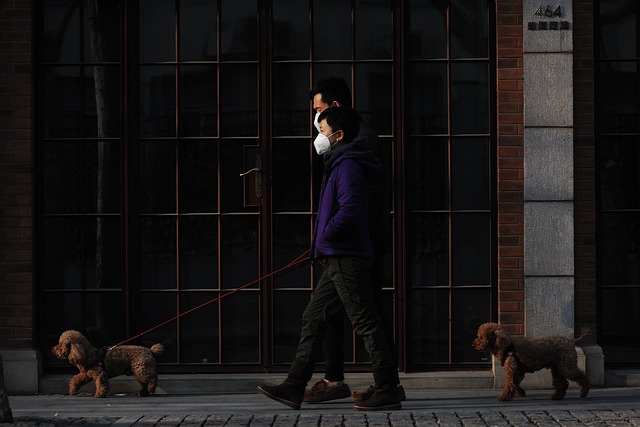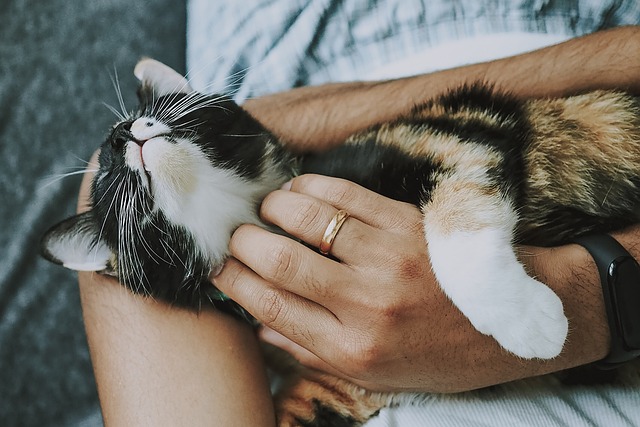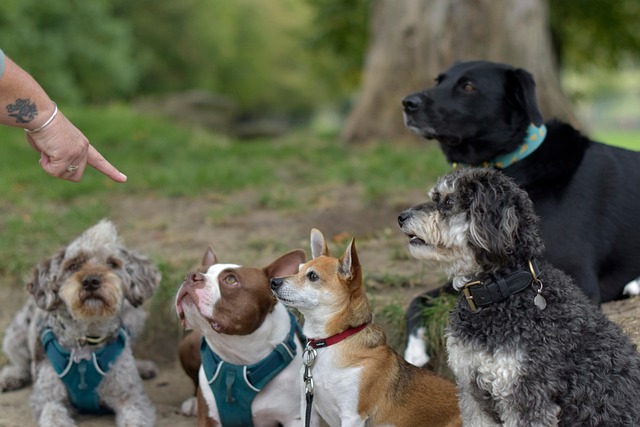Pet sitting goes beyond basic dog walking, offering comprehensive care for animals' well-being. It involves understanding each pet's needs, maintaining routines, and effective communication with owners. Holistic care includes tailored nutrition, exercise, and daily routines, ensuring physical and mental stimulation. Pet sitters should also be trained in first aid and emergency crisis management to handle unexpected situations promptly.
“Elevate your pet-care game with our ultimate guide to pet sitting training and certification. Understanding pet sitting involves more than just playing with furry friends; it’s a responsible role that requires knowledge of various caregiving aspects. From communication skills to mastering caregiving techniques and emergency management, this comprehensive training equips you to provide exceptional pet care. Learn how to build trust with owners, implement effective nutrition plans, and handle crises with confidence.”
- Understanding Pet Sitting: Basics and Responsibilities
- Effective Communication: Building Trust with Pet Owners
- Caregiving Techniques: Nutrition, Exercise, and Routine
- Handling Emergency Situations: First Aid and Crisis Management
Understanding Pet Sitting: Basics and Responsibilities
Pet sitting is a rewarding service that involves caring for pets while their owners are away, whether on vacation or for other commitments. It’s more than just feeding and walking dogs; it encompasses all aspects of an animal’s well-being. This includes providing fresh water, medications, regular exercise, playtime, affection, and creating a safe, comfortable environment.
Pet sitters take on significant responsibilities, from understanding each pet’s unique needs and personalities to navigating their behaviors and routines. They must be adept at handling various situations, from calming anxious pets to managing emergencies. Effective communication with owners is crucial to set expectations and ensure the pet receives the care they need while building a trusting relationship between sitter and owner.
Effective Communication: Building Trust with Pet Owners
Effective communication is a cornerstone of successful pet sitting. Building strong relationships with pet owners is crucial for gaining their trust and ensuring their peace of mind while they’re away. Pet sitters should be clear, consistent, and empathetic in their interactions. Regular updates via text or email, as well as open lines of communication about pets’ needs, behaviors, and any concerns, can foster a sense of security and partnership.
Active listening—truly hearing and understanding pet owners’ instructions—is key to effective communication. Pet sitters should ask clarifying questions, confirm details, and provide reassurance. Establishing clear expectations around feeding schedules, medication administration, and playtime routines demonstrates professionalism and builds trust. This open dialogue not only helps pet owners feel confident in the care their pets are receiving but also ensures a harmonious relationship between sitter and owner.
Caregiving Techniques: Nutrition, Exercise, and Routine
Pet sitting goes beyond just feeding and watering pets while their owners are away. Effective caregiving involves mastering techniques that promote overall well-being, including proper nutrition, exercise, and routine. For pet sitters, understanding diet preferences, dietary restrictions, and portion control is crucial. This knowledge enables them to prepare balanced meals that cater to each animal’s unique needs. Regular exercise routines, tailored to the pet’s breed, age, and health status, are essential for maintaining physical fitness and mental stimulation.
Establishing a consistent daily routine is equally vital. Pets thrive on predictability, so adhering to regular feeding times, play sessions, and bedtime routines can significantly reduce stress and promote a sense of security in their absence. By incorporating these caregiving techniques into their services, pet sitters not only ensure the physical health of the animals under their care but also contribute to their overall happiness and well-being.
Handling Emergency Situations: First Aid and Crisis Management
Pet sitting goes beyond routine feeding and playtime. A comprehensive training program should equip potential sitters with the skills to handle emergency situations, from minor injuries to crises that require immediate action. First aid knowledge is vital; understanding how to respond to a pet’s cut, burn, or even an allergic reaction can make all the difference in their recovery.
Crisis management involves staying calm under pressure and making quick decisions. Pet sitters should be trained to assess a situation, administer basic life support if needed, and contact emergency veterinary services promptly. These skills not only ensure the well-being of the pets in their care but also build confidence in their abilities as responsible pet sitting professionals.






